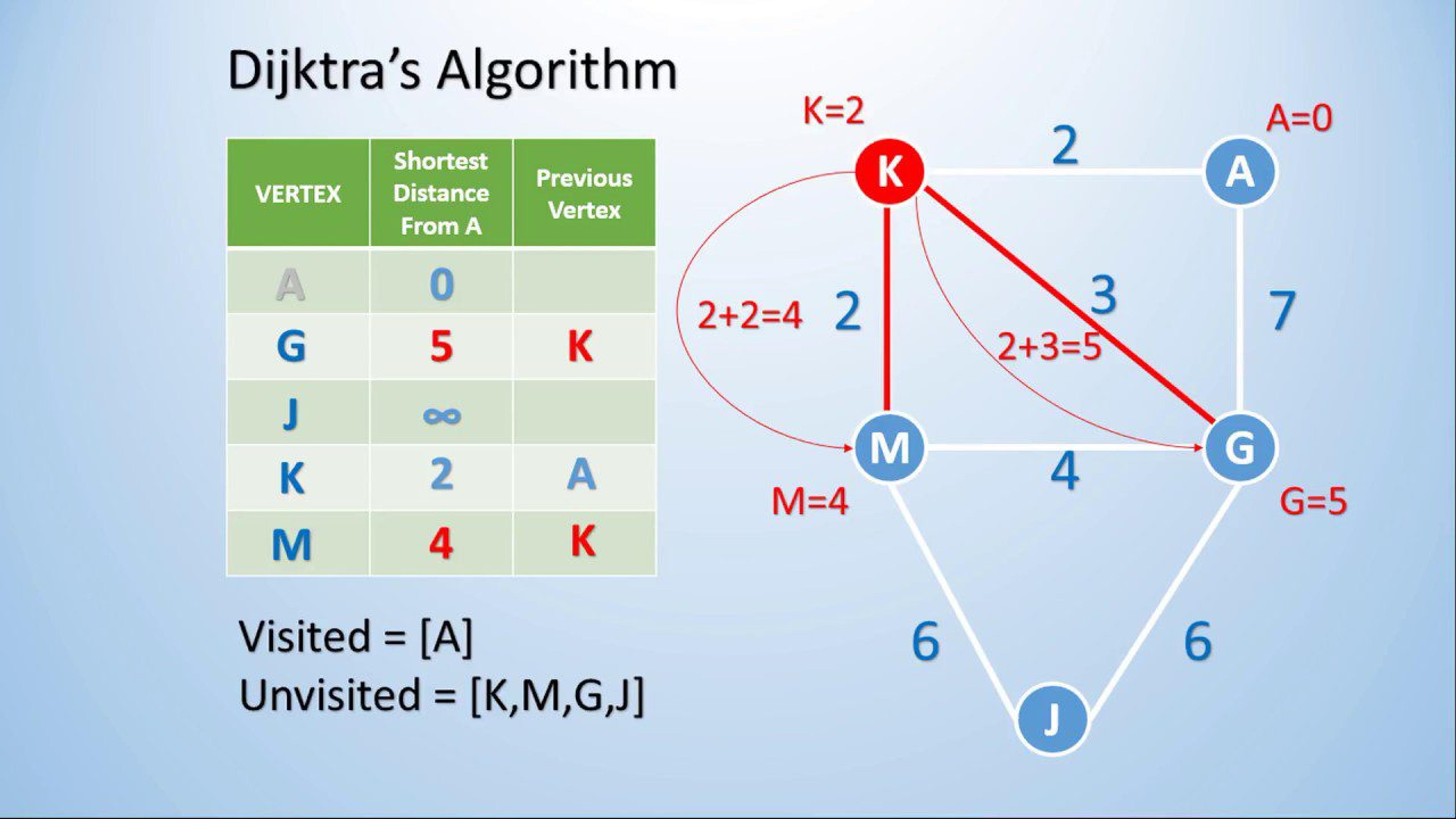blog
Probabilistic and Deterministic Results in AI Systems

SECTIONS
The adoption of artificial intelligence (AI) and machine learning (ML) technologies in organizations across industries is accelerating year over year. In 2023, 69%Opens in a new tab of IT decision-makers report prioritizing the incorporation of AI/ML into their business operations, up 15 points from 2022. As AI becomes more embedded in our daily lives and critical operations, understanding the degrees of certainty, accuracy, and precision these systems offer – and whether they output probabilistic or deterministic results – is pivotal.
As with the early stages of any game-changing technology, many users of AI tools likely don’t fully understand how these systems work or the variable degrees of certainty different systems output. This gap in understanding can lead to misplaced trust and potential disasters, particularly in high-stakes fields like healthcare. This guide explains the difference between probabilistic and deterministic results in AI systems and outlines common use cases for both.
Key Takeaways:
- Understanding the difference between probabilistic and deterministic results in AI systems is crucial for their safe and effective implementation in healthcare.
- Probabilistic AI systems integrate randomness and are appropriate for use cases that tolerate some degree of uncertainty.
- Deterministic AI systems offer consistent outputs for a given set of conditions.
Understanding Probabilistic Results
A probabilistic AI system integrates randomness and uncertainty into its decision-making processes. This means that given the same conditions or input, the AI might produce different outputs. The output typically represents probabilities calculated from the input data. For instance, many machine learning models operate probabilistically. They might yield different results each time based on probabilistic weights, particularly during the training phase, when those weights receive continual updates and adjustments.
Probabilistic systems aren’t inherently flawed. Rather, they’re suitable for use cases in which some modicum of uncertainty always persists and for applications with a tolerance for errors within a specified range. Common probabilistic AI systems include:
1. Bayesian Networks
In engineering and mechanics, Bayesian networks can help identify potential issues with a vehicle or aircraft. The various nodes of the network could represent different components of the car (e.g., engine, transmission, brake system) and the observable symptoms (e.g., unusual noises, decreased acceleration, engine light is on). The network captures the probabilistic relationships between these components and symptoms and then assigns probabilities to different causes and different outcomes under continued use.
2. Neural Networks

Image Source: Stanford.edu
A well-known example of neural networks providing probabilistic outputs is Google’s image search function. When a user uploads an image to Google’s reverse image search, a convolutional neural networkOpens in a new tab (CNN) identifies features in the image and compares them to a vast database of images. The output is a list of similar images, with each one having an assigned probability score indicating how likely it is to match the uploaded image.
3. Recommender Systems
Content serving algorithmsOpens in a new tab in social media platforms and ecommerce sites are an ubiquitous real-world example of recommender systems. Based on a user’s prior actions and the prior actions of users with similar activity logs, these platforms use ML algorithms to calculate the probability that the user will engage with specific content or buy certain products. The system then recommends the content with the highest probabilities. The outputs always remain probabilistic because even small changes in user behavior result in different recommendations.
Understanding Deterministic Results
A deterministic AI system operates under the principle that every set of particular conditions will always lead to the same outcome. This is the basis of traditional programming and algorithms, where the same input will always produce the same output. For example, a deterministic chess AI would make the same move given the same board configuration every time.
Examples of deterministic AI systems include:
1. Rule-Based Systems
Rule-based systems – one of the earliest forms of AI – make decisions based on a set of pre-established rules. Email spam filters are an example of such systems. Spam filters use rules like “If an email contains the words ‘lottery’ and ‘winnings’, then mark it as spam.” Given the same email, the spam filter will always make the same decision.
2. Pathfinding Algorithms

Image Source: Youtube.com/watch
These are algorithms that, given a map, find the shortest path between two points. Google Maps or other GPS software are kinds of pathfinding algorithms, specifically Dijkstra’s algorithm and A* algorithm in Google Maps that find the quickest route from your physical location to your destination. Given the same starting and ending points and the same traffic conditions, these algorithms will always return the same route.
3. Expert Systems
Expert systems apply reasoning capabilities to reach conclusions. Professionals in various industries use expert systems to navigate complex sets of conditionals in large rule systems like tax codes, contractsOpens in a new tab, or troubleshooting protocols in aerospace or manufacturing contexts.
In healthcare, clinical decision support systems (CDSSs) are an example of deterministic, expert AI systems. CDSSs use a set of rules and guidelines based on clinical practice guidelines to provide evidence-based recommendations. For example, a CDSS might use a rule that if a patient’s blood pressure is above a certain threshold, it would recommend a particular course of treatment. Hospitals also use these systems to manage antibiotic prescriptions to prevent overuse and resultant antibiotic resistance in bacteria. In all use cases, CDSSs provide deterministic outputs based on the applied rules and conditionals.
Probabilistic or Deterministic? Choosing the Right System
Safely implementing AI in healthcare must start with a clear understanding of which use cases require deterministic or probabilistic certainty. Surgical procedures, such as amputations or drug prescriptions with potential adverse reactions, demand deterministic certainty for precise identification of the patient. This ensures accuracy and eliminates the risk of harmful errors.
Conversely, in scenarios with lesser stakes, such as marketing or analyzing large sets of clinical data, probabilistic outputs suffice. In any instance, AI applications must align with the user’s intended purpose and must draw on the right kind and quantity of data. Recognizing these differences is crucial for reaping the benefits of powerful, new AI systems while preventing misuse and potential harm.
Enterprise Master Data Management for Healthcare with Coperor by Gaine
Designed for the unique challenges of the healthcare and life sciences industries, Coperor’s master data management (MDM) platform addresses the persistent challenge of creating a single source of truth in complex and distributed data systems.
Learn more about Coperor’s industry-first MDM capabilities and view a demo today.
